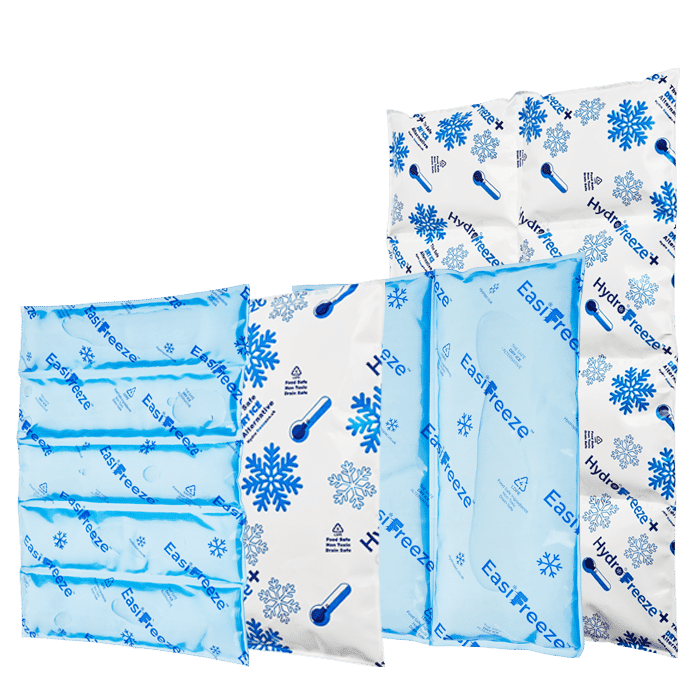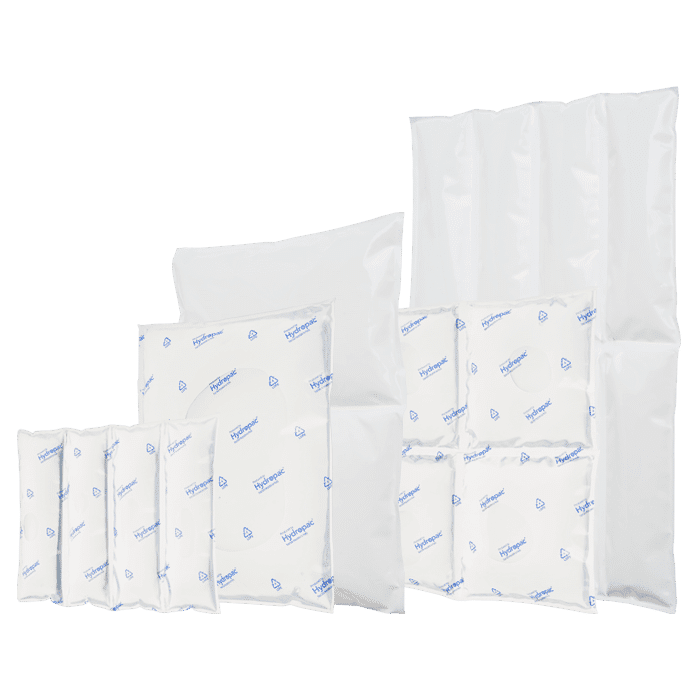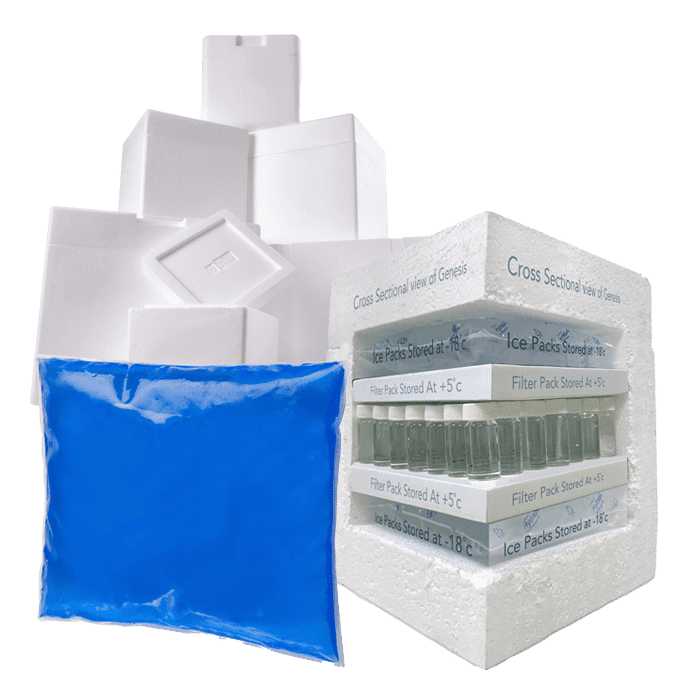Preventing Food from Perishing in Transit
Many people rely on food deliveries, whether from a supermarket, an independent shop, or an online retailer. These are not only convenient, but they often work out easier for those who wish to bulk buy items like meat as they are delivered straight to the door rather than having to be collected and taken home. However, with any type of shipment there are considerations for the retailer and with food one of the biggest is how to protect the goods from damage and spoiling.
Custom chilled solutions for you
Hydropac offers every customer a customized solution for chilled and conditioned shipping. For example, we help a customer with limited freezing capacity to deliver gel packs frozen and ready to use, and we can manufacture almost all shapes and sizes of cooling elements. As a customer, you come first: we are here to help you.
Preventing Spoilage
One question people do ask us about sending and receiving food shipments through the post is whether being kept at a consistent temperature helps to protect them from going stale or bad. The simple answer is yes, as food that is subjected to fluctuating or inconsistent temperatures will degrade and perish quicker than food that isn’t. Frozen food will last longer (in its frozen state) than chilled. That’s because freezing it kills or slows down the bacteria that spoils food, as well as the enzymes that lead to decay.
The longer answers lead us to look at how the temperature impacts the food. We know that:
- Bacteria grows most rapidly, doubling in number every 20 minutes, at a temperature range between 4° and 60 °C
- Food kept in a refrigerated environment (from 4°C) will gradually perish, but not as quickly as food kept at room temperature
- Food kept in a frozen environment (from 0°C or less) will last longer whilst in its frozen state – raw chicken, for example, can be stored for up to 9 months-1 year in a freezer.
As such, it is very important to maintain the safe temperature ranges of any food being transported, especially if the delivery time is longer than a few hours. To do this, we use ice packs, either filled with pure water or gel, to maintain internal temperatures of the packaging the food is in.
Water Damage
Water damage to the external packaging can not only prevent it from doing its job and keeping the goods safe but can also damage the food within.
- Starchy foodstuffs such as pasta or bread will clump together if they get wet. Whilst this doesn’t render them unusable, it is not ideal and consumers will not be happy paying full price for damaged goods
- Foods such as cereal are likely to mush down and even disintegrate if they get wet. If they are kept in cardboard, this may then mix in with them and make them inedible.
- Foods such as tea bags may disintegrate or be “used” if they get wet.
To prevent against water damage, it is important to use the right outer packaging. Cardboard boxes can be used but they should be toughened so they don’t collapse if they meet moisture. Materials such as polystyrene inner layers and foil are also largely waterproof, so offer additional protection. Lastly, we would recommend ensuring that all goods are then wrapped within an insulating layer of an additional material such as sheep wool or cardboard shreddings, to give extra protection.
Transit Damage
Transit damage happens and it’s very frustrating to everyone involved. The retailer finds themselves having to sort out a situation with the customer whose goods are not in optimum condition, with the courier in the middle. To avoid problems, packaging that can stand up to the rigours of transit damage is essential!
Systems like ReflectiveAir or EnviroCool are ideal for preventing against this, as they offer toughened cardboard outer layers and then protection inside. ReflectiveAir offers 2 types for chilled and frozen packages; single or double bubble protection, whereas EnviroCool relies on its incredible structural strength to see the journey through. It has been tested with 250kg of pressure so far and remained intact – impressive!
For anyone looking to send a small consignment, we also offer Thermal Postal Pockets. They are the best in their class for cushioning protection and are moisture resistant, so ideal for going through the postal system.
Sustainability Hydropac and CSR
Sustainability isn’t just a trend for us – it’s a promise. As we innovate, create, and lead, we keep our planet’s well-being at the forefront. With Hydropac, you’re not just preserving the quality of your cargo; you’re contributing to a healthier world.
Experience the power of sustainable temperature assurance with Hydropac – where excellence and environmental responsibility coexist for a brighter future.





